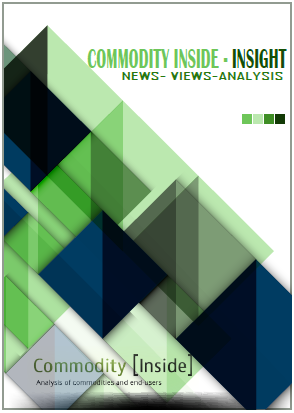Iran has emerged as a significant steel exporter but is threatened by impending sanctions

Iran is the largest producer in the Middle East and North Africa and is the 13th world largest steel producer with 21.2 million tonnes of crude steel production in 2017. Some of its major steel producers include Mobarakeh Steel, Khouzestan Steel and Esfahan Steel. The country has planned to raise its output to 55 million tonnes by 2025, which we understand is highly unlikely to be achieved.
Iran has emerged as a major steel exporter since the US lifted sanctions in 2016. It has benefited from its lower steel production costs backed by high-quality captive iron ores mines and cheap natural gas. The availability of cheap raw materials also makes the country a substantial producer of DRI.
The country exported around 1.9 million tonnes of steel products in the first quarter of the Iranian Islamic year (21st March 2018- 21st June 2018) registering a 10% year-on-year growth, according to Iranian Mines and Mining Industries Development and Renovation Organisation.
In 2017, Iran exported 7.5 million tonnes of finished steel which increased by 32% compared to the preceding year. In 2017, 80% of the Iranian steel exports consisted of semi-finished steel products. Southeast Asia and the Middle East are the key regional markets for Iranian semi-finished products. Even though there are some anti-dumping duties imposed on the Iranian semi-finished materials, still, its exports are on the rise.
Iran is trying to increase its finished steel particularly flats steel and plans to increase its production capacity further. In the backdrop of better demand fundamentals, Mobarakeh Steel’s total slab production capacity is currently 10.3 million tonnes which are expected to increase by around 2 million tonnes by 2020. However, import duties on flat steel would deter the country plan of increasing flat steel exports, resulting in a further increase in slab exports.
However, the potential re-imposition of the US sanctions risks the upcoming investment in Iran. Commodity Inside believes that the future direction of the US-Iran relationship will play a vital role in determining the future position of Iranian steel market in the international market.
Commodity Inside understands that reluctance in trading with Iran has already started in the international market. Iranian suppliers have recently tried to decrease its slab prices to support its exports before potential imposition of sanctions. Iran was officering slab around $10/t lower than the CIS FOB prices to South East Asia. However, the relatively cheap offers have been rejected by buyers in South East Asia which is its major export destination.
Commodity Inside has added Iranian slab export prices in The Global Merchant Slab Market Outlook report.
To learn more about this article or want to explore how we can help in your research please feel free to contact us at info@commodityinside.com
We are independent and highly approachable experts available to support you.
